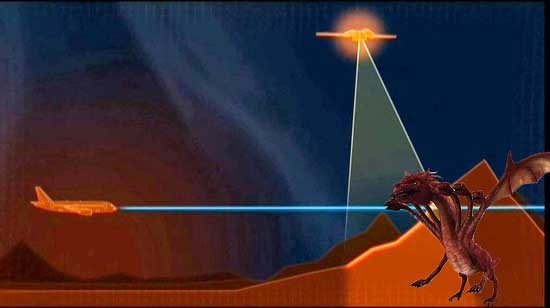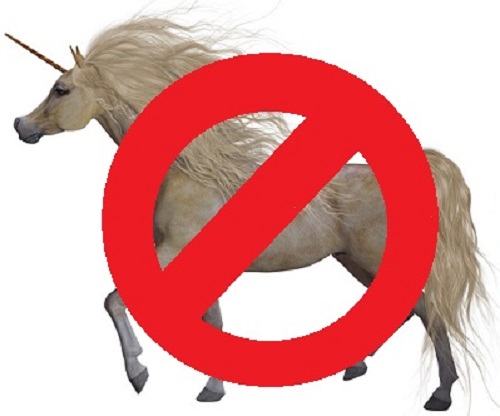On May 9, 2012 a Russian-made Sukhoi Superjet 100 on a demonstration flight with 45 souls aboard slammed into Mount Salak south of Jakarta, Indonesia killing all aboard. What has that got to do with the dragon – the red seven headed dragon – you wonder? Bear with me a bit and I’ll make the connection. But before going into that, for this final installment of the series, let me remind you of a couple of points made in the opening article of the series.
First, the list of items (reproduced verbatim) that this atheist finds objectionable and unbelievable that this series has addressed:
“He follows a holy book with a jealous & genocidal god, ghosts, zombies, seers, devils, demons, witches, satyrs, unicorns, talking animals, a man who lived in a fish and a 7 headed dragon.”[1]
(Not listed but also covered: The Cockatrice; and thrown in with this article: The Beast of Rev 13.)
As I said in the initial article, it doesn’t concern me that an atheist has a problem with these things. It does, however, concern me that believers in God and those seeking the truth might be challenged by charges like this leveled by unbelieving atheists. So I wanted to demonstrate there is a clear, rational answer for each item in the list. In this series, the biblical intent behind each item – if it exists – is explained; and those that don’t exist are identified. Continue Reading









